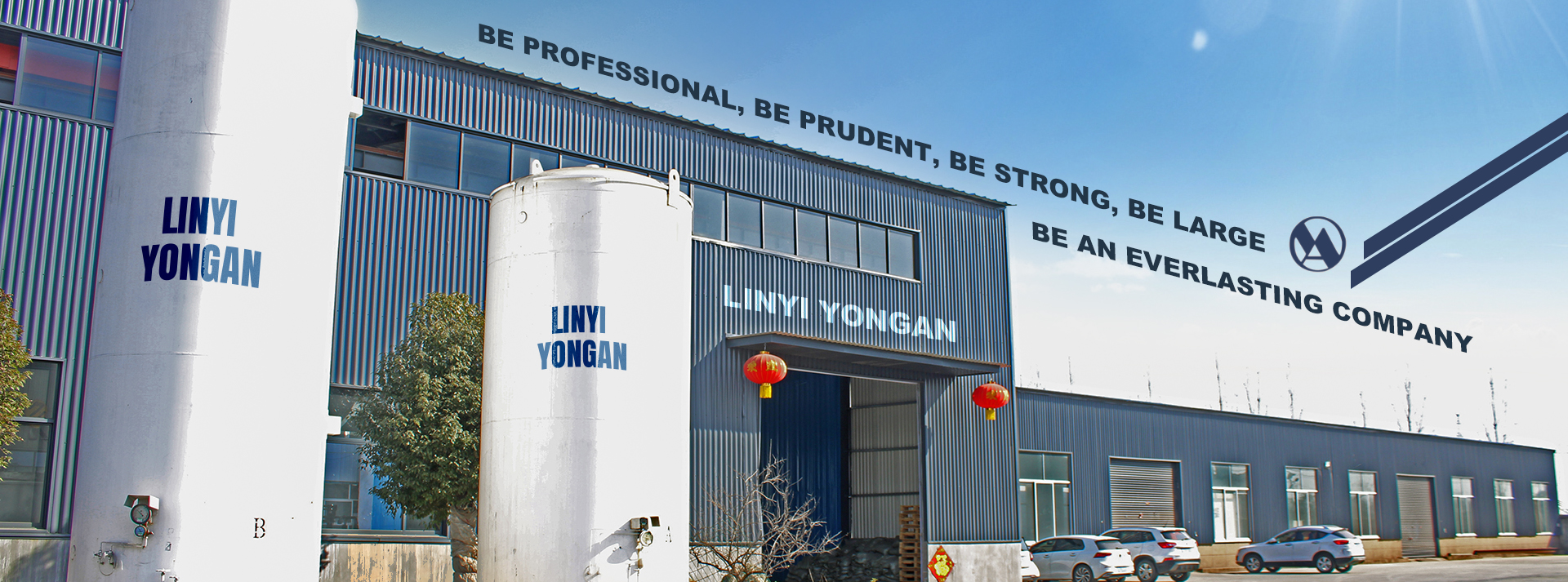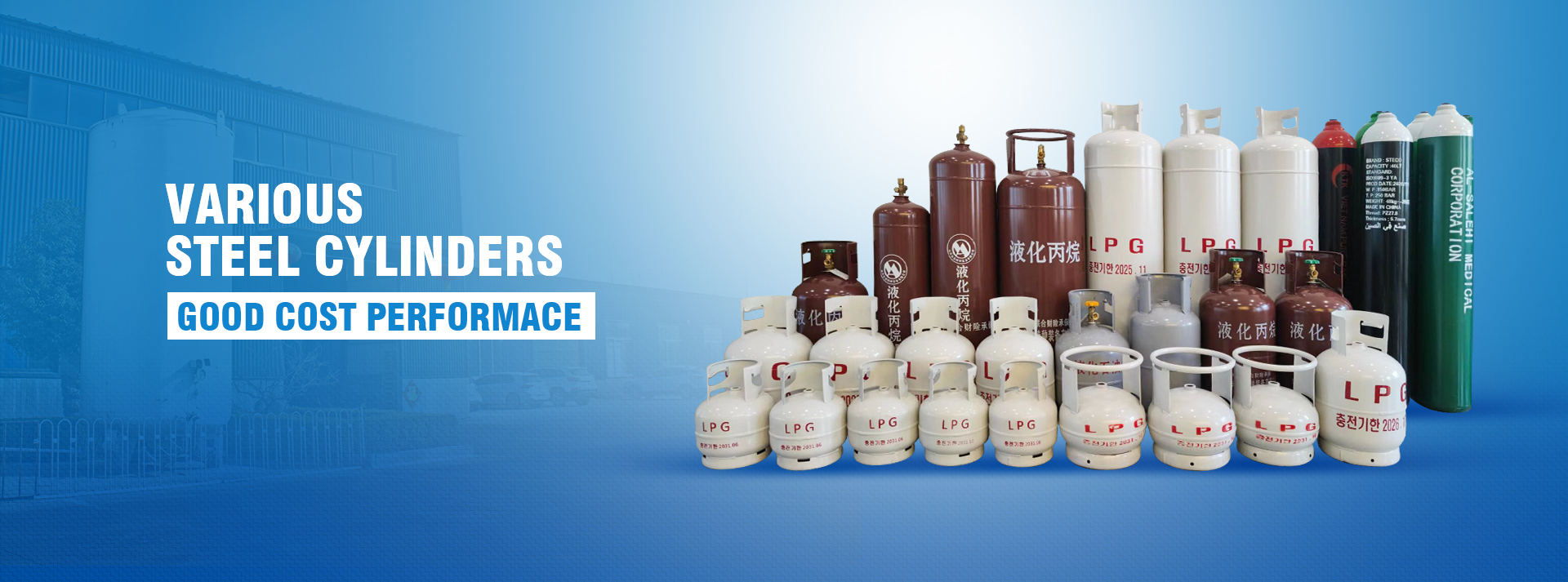During construction, oxygen and acetylene bottles should be kept 10 meters away from the ignition point, and the distance between oxygen and acetylene bottles should be kept more than 5 meters. The length of the primary wire (overlay wire) of the welding machine should be less than 5m, and the length of the secondary wire (welding bar wire) should be less than 30m. The wiring should be pressed firmly and a reliable protective cover should be installed. The welding wire shall be double in place. Metal pipes, metal scaffolding, rails and structural steel bars shall not be used as the ground wire of the loop. No damage to the welding rod wire, good insulation.
Dissolved acetylene cylinder in the process of production (hereinafter referred to as the acetylene cylinder) and oxygen bomb is widely used in welding and cutting, and often used at the same time, the oxygen for combustion gas, acetylene for inflammable gas, oxygen and acetylene and costumes in the transportable pressure vessel, respectively, in use process, there are some problems in different degrees, such as acetylene cylinder with oxygen bomb set in the same place, No safety distance; Oxygen cylinder and oil contact, acetylene cylinder horizontal rolling, not vertical static put into use; Acetylene bottle surface temperature in more than 40℃, summer open work without cover; Oxygen, acetylene bottles do not stay in accordance with the provisions of residual pressure, these problems, has led to the occurrence of a number of casualties. Because it is dissolved acetylene, there is acetone in the cylinder. If the tilt Angle is less than 30 degrees, when the valve is opened (during use), acetone may flow out and mix with air to form an explosive mixture. The explosion limit is 2.55% to 12.8% (volume). Oxygen cylinders contain high-pressure oxygen, and there are physical and chemical unsafe factors: physical factors: after oxygen is compressed and the pressure increases, it tends to balance with the surrounding atmospheric pressure. When the pressure difference between oxygen and atmospheric pressure is larger, this tendency is also larger. When a very large pressure difference rapidly reaches this equilibrium in a very short time over a considerable space, it forms what is commonly called an "explosion". If this equilibrium is achieved over a relatively long period of time through smaller pores, a "jet" is formed. Both can have serious consequences. Chemical factors. Because oxygen is combustion-supporting material, once there is combustible material and ignition conditions, violent combustion can occur, and even explosive fire.
1, "Dissolved acetylene cylinder safety inspection rules" article 50 acetylene bottle use provisions "when using oxygen cylinder and acetylene bottle, should try to avoid together; And open fire distance is generally not less than 10 meters "; There is no clear description of the distance between the two bottles.
2, "Welding and cutting safety" GB9448-1999: in use with the distance of the ignition point is greater than 10 meters, but the distance between oxygen and acetylene bottles in China seems not so clear.
3. Article 552 of Electrical Industry Safety Work Regulations (Thermal and Mechanical Parts) requires that "the distance between oxygen cylinders in use and acetylene cylinders shall not be less than 8 meters".
4. "Gas welding (Cutting) Fire Safety Operation Rules" in the second stated that "oxygen cylinders, acetylene cylinders should be placed separately, spacing shall not be less than 5 meters. Standard plant safety code for Fire Operation HG 23011-1999 for chemical industry of the People's Republic of China.
Post time: Jul-07-2022



